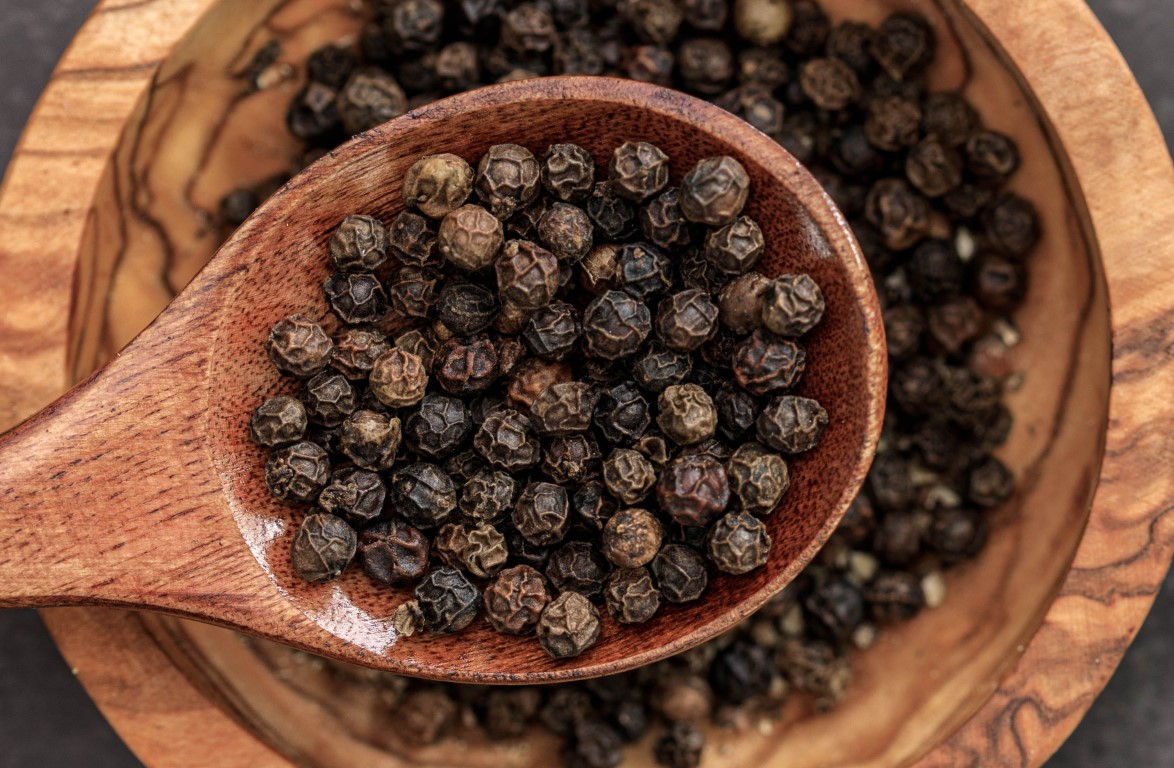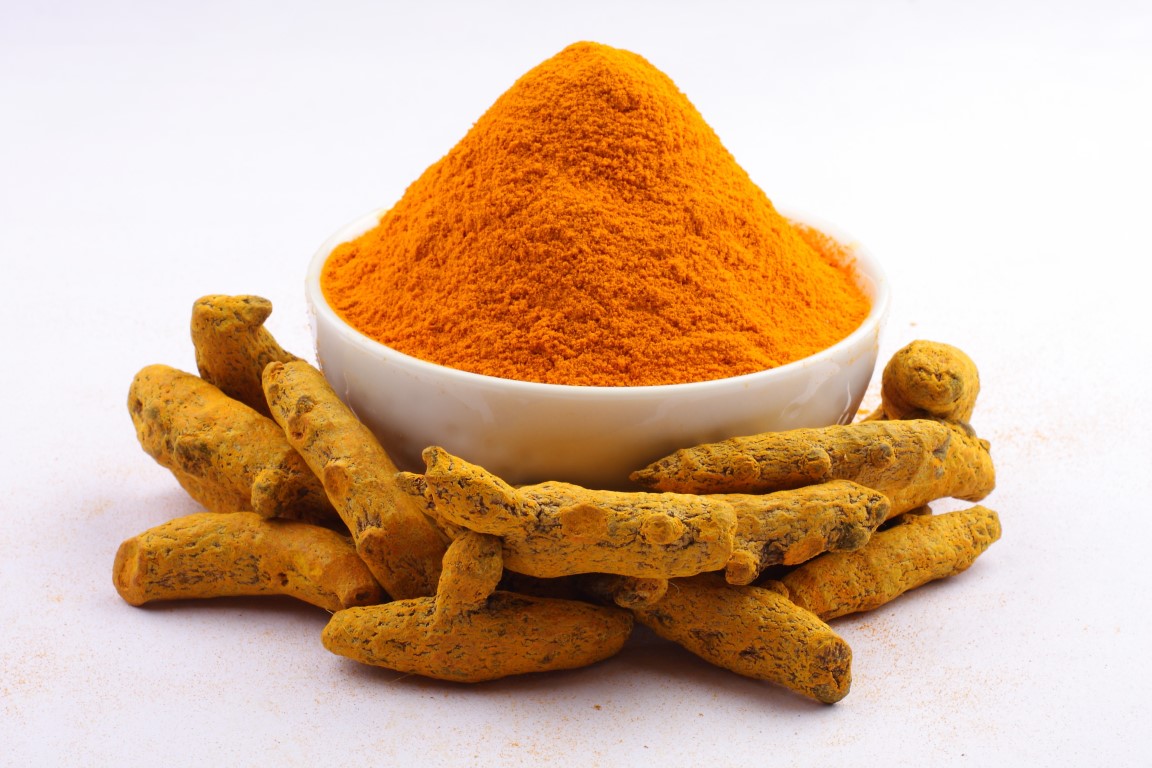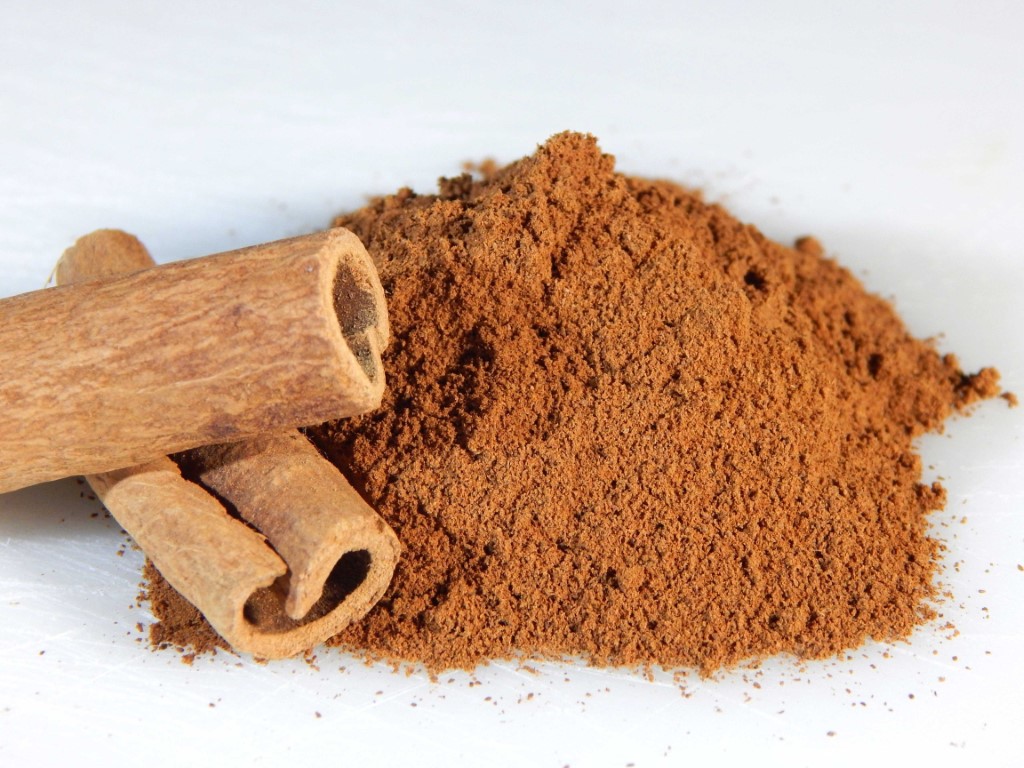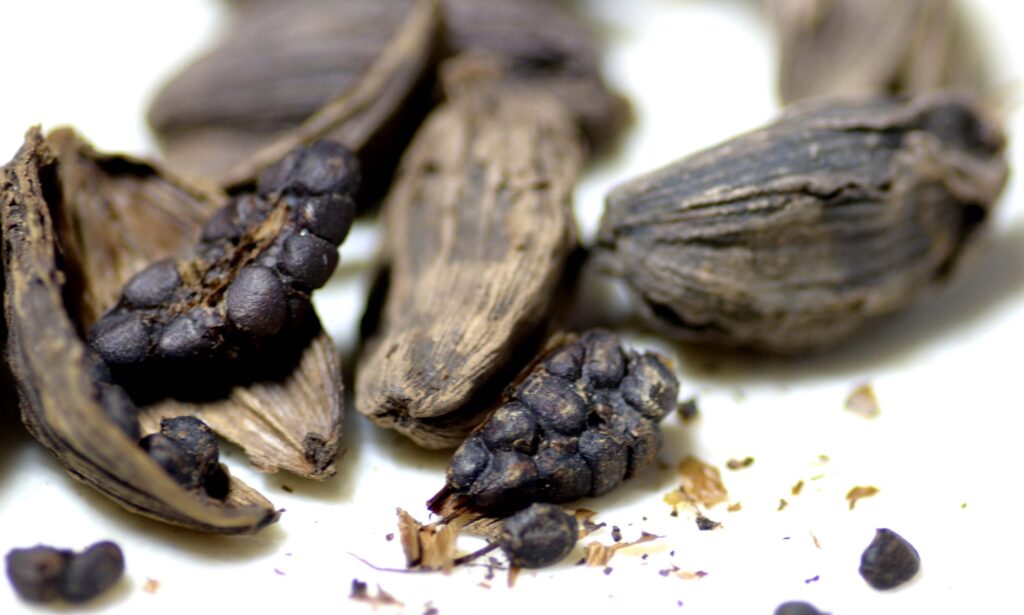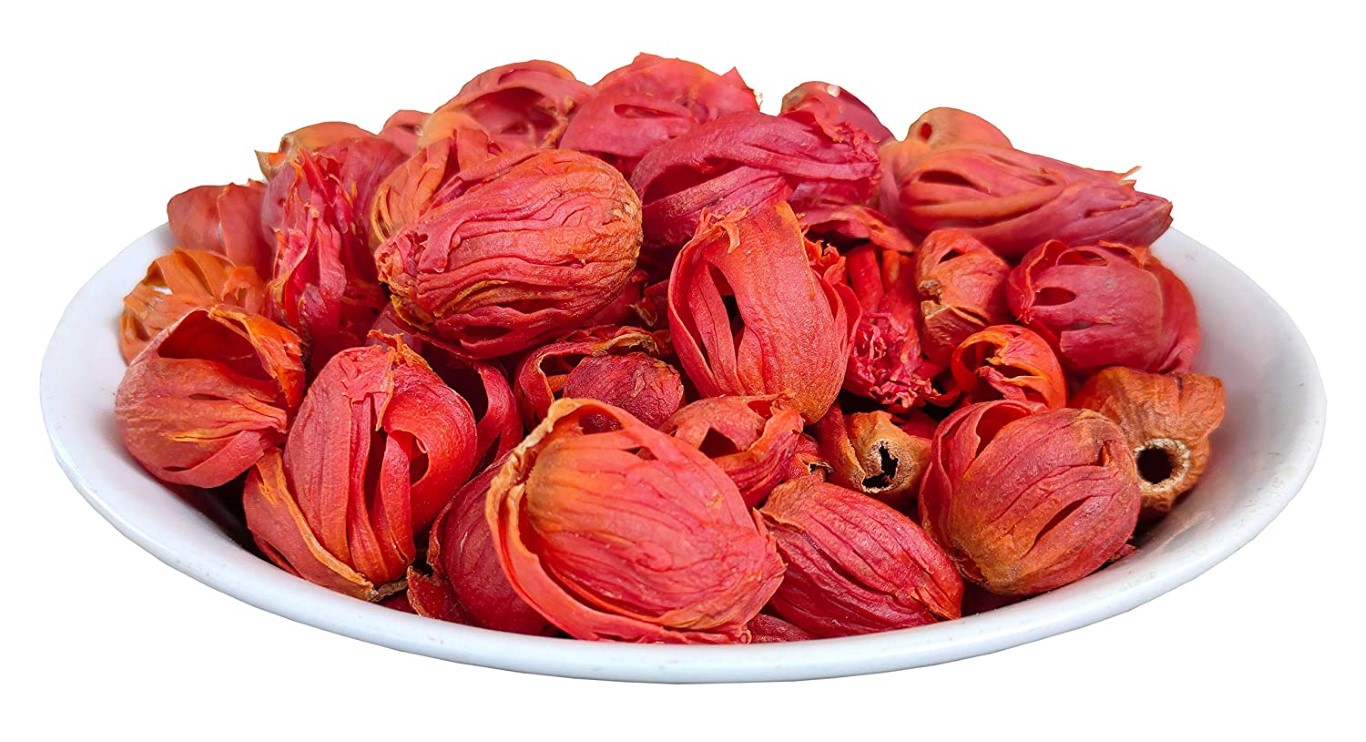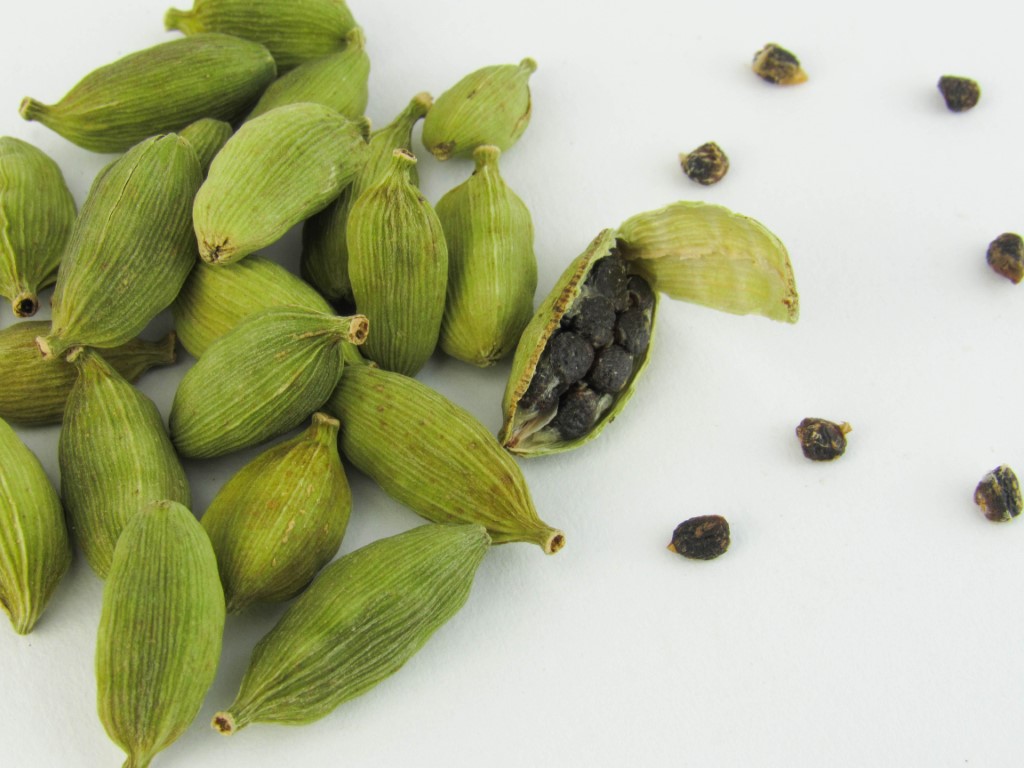
01.
Green Cardamom (ilaichi)
Indian cardamom is offered to the international markets in different grades: ‘Alleppey Green Extra Bold’ (AGEB), ‘Alleppey Green Bold’ (AGB) and ‘Alleppey Green Superior’ (AGS) are names that register instant appeal worldwide. Cardamom oil is a precious ingredient in food preparations, perfumery, health foods medicines and beverages. India, a traditional exporter of cardamom to the Middle East countries where it goes mostly into the preparation of ‘Gahwa’ – a strong cardamom – coffee concoction without which no day is complete or no hospitality hearty for an Arab. Indian cardamom enjoys a premium preference in the Middle East, Japanese and Russians who relish it for its distinct enriching properties.
- Zea mays everta (Popcorn)
- Zea mays convar (Sweetcorn)
- Baby corn
- White Maize Hybrid-2 (GAWMH-2)
- Yellow dant maize
- Orange, flint



